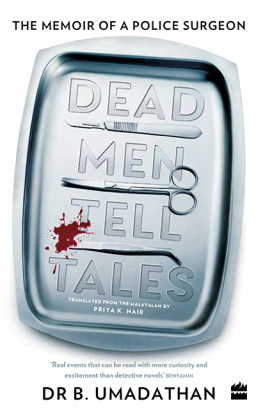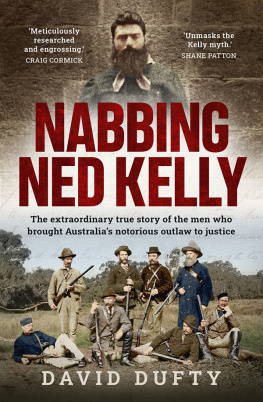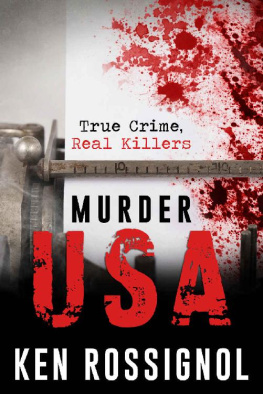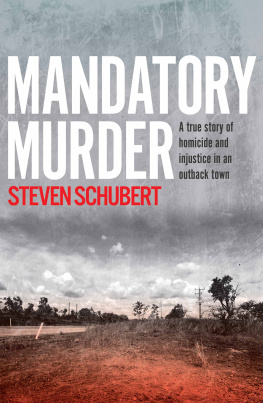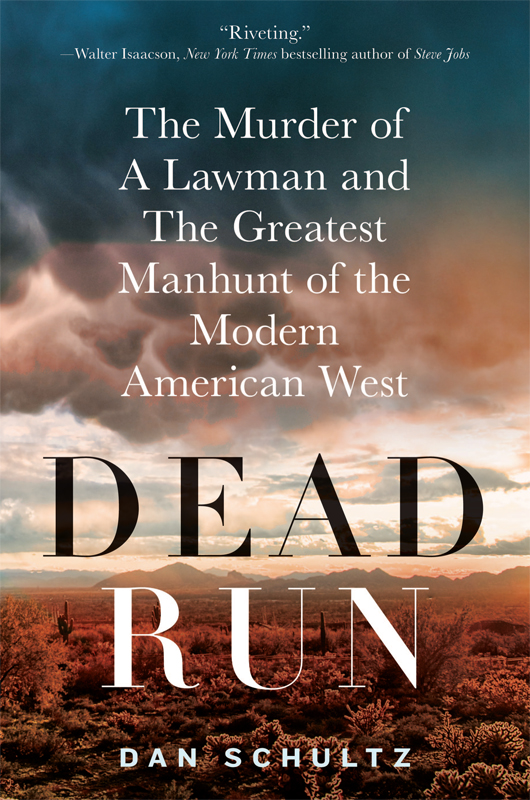
The author and publisher have provided this e-book to you for your personal use only. You may not make this e-book publicly available in any way. Copyright infringement is against the law. If you believe the copy of this e-book you are reading infringes on the authors copyright, please notify the publisher at:
us.macmillanusa.com/piracy.
Within a tale of villains and violence is a story of heroes and hope. Communities come together. The families and friends of the victims struggle to right their lives. Wounded work to become whole. Parents love and mourn their sons, even in the face of infamy.
Above all are the men and women who every day kiss their families good-bye and go to a job with untenable risk, where with every car they pull over, with every disturbance they are called to quiet, with every report they go to investigate, and every fugitive they huntthings could go terribly wrong; where going to work is an act of bravery.
to the heroes
ACKNOWLEDGMENTS
Despite the hours I spent sequestered with my laptop, Dead Run was far from a solitary effort. I couldnt begin to list all the people who encouraged, informed, and guided me, but as I contemplate the final manuscript, I do wish to acknowledge a few of the people who shared their stories, expertise, and talents.
First, I didnt assemble the story of Dead Run from scratch. I have been able to piggyback on the reporting done by news media across the country. Two accounts I found especially helpful were an article by Robert Draper in the October 2000 issue of GQ and a story by David Roberts in the October 2008 issue of National Geographic Adventure.
I also want to thank the people who took the time to speak with me, even though it was a painful subject they would rather not have revisited. Foremost among those people are Ann and Gary Mason, Jim and Debbie McVean, Corbin Claxton, and Cortez Police Detective (Ret.) Jim Shethar.
Navajo Police Chief Leonard Butler, Sheriffs Mike Lacy and Jerry Martin, Deputy Todd Martin, and SWAT Commanders Greg McCain and Ivan Middlemiss all allowed me to impose on their schedules multiple times as new questions arose in my research. I depended on several independent experts to interpret certain facts; ballistics expert Ron Scott and explosives expert John Nixon deserve special mention for their help. To all of them and everyone else who spoke with me about the events told in Dead Run , thank you.
My agent, Elizabeth Evanss first six words to me were, I want to handle this project. I can never fully express how much that introduction and her vision for the story buoyed my efforts. I am indebted to her and her team at The Jean V. Naggar Literary Agency for all the hard work they do on my behalf.
I knew I was fortunate when an editor with the industry stature of Charles Spicer at St. Martins Press picked up Dead Run . But I didnt fully appreciate just how extraordinarily fortunate I was until I began working with him. Not only did his critique vastly improve the book, but the enthusiasm with which he has championed Dead Run confirms his reputationin my book, he is the best. My thanks to Charlie, April Osborn, and everyone at St. Martins Press.
Finally, I am most grateful for the support of my wife Lynda who makes everything I do better. Her trusted judgment is more pervasive within these pages than she realizes.
AUTHORS NOTE
The crime related in Dead Run was from the start and remains today a mystery. The people who best could have explained it died sudden, violent deaths. It is unknown if before their deaths, they told anyone else the story of what crime they plotted or why they killed Officer Dale Claxton, to where they escaped or how they lived.
It all happened not very long ago, but in those few intervening years, fact and fiction have been twisted together and reported so often that untrue elements are often recalled with certainty. Even many of the people at the heart of the story are vague in places about what really occurred. Several others had a vested interest in espousing one accounting over another. The contemporary written records, however, were manifest.
In piecing together this story, I relied on extensive police records, news accounts and numerous interviews. In instances when information from one source conflicted with another, I made a judgment based first on credible authoritywhich source was in the best position to know the facts or had the most reliable records. If that distinction was uncertain, I chose to believe the version most corroborated by others involved as well as which version of events fit best with other known facts.
The Colorado Bureau of Investigation provided the most extensive review of police records associated with the case, a compendium of not just their reports but also communications from and between many of the other law enforcement agencies involved. CBI allowed unrestricted access to all their records related to the case during my initial research, giving me staggering detail of both the investigation and manhunt. As my efforts to determine what happened broadened and more people became aware of my research, the files were closed to me. The CBI records were supplemented by thousands of pages received from the FBI under the Freedom of Information Act, as well as records from local police agencies.
I am grateful to the dozens of people who agreed to interviews and shared their experiences. For many, the story of Dead Run was painful and reliving it in the course of an interview was generous beyond my expectations. Thank you.
Some of the people portrayed and the statements attributed to them are based on interviews with the author. In other cases, statements and activities attributed to an individual are based on their statements to police as recorded in transcripts of investigation interviews or the subjects comments as reported in the media. Specifically, that was the case with Sue Claxton, and Jim and Beverly Pilon (Montes parents). Sue Claxton very pleasantly and politely declined being interviewed, explaining she had been through it enough. She did laugh and add a lot of hooey had been written about her husband and the events of 1998. I have tried to avoid repeating the hooey.
Some of what happened in the desert canyons of Four Corners in 1998 will never be known with certainty. While speculation remains just that, I have attempted to fill in those gaps by suggesting events that seem most consistent with the physical evidence and expert opinion, as well as the character and habits of the people involved. In almost all cases that line of logic seemed to lead to a specific explanation rather than multiple possibilities. Readers will know by attribution within the story the source of the information. Contextual cues (such as Based on the evidence found at the scene, it was likely) will discriminate fact from speculation.
In most cases, people in the story are identified by their real names. In some cases, however, names or other identifying information have been changed.
As far as anyone knows, the following pages are the brutal truth.
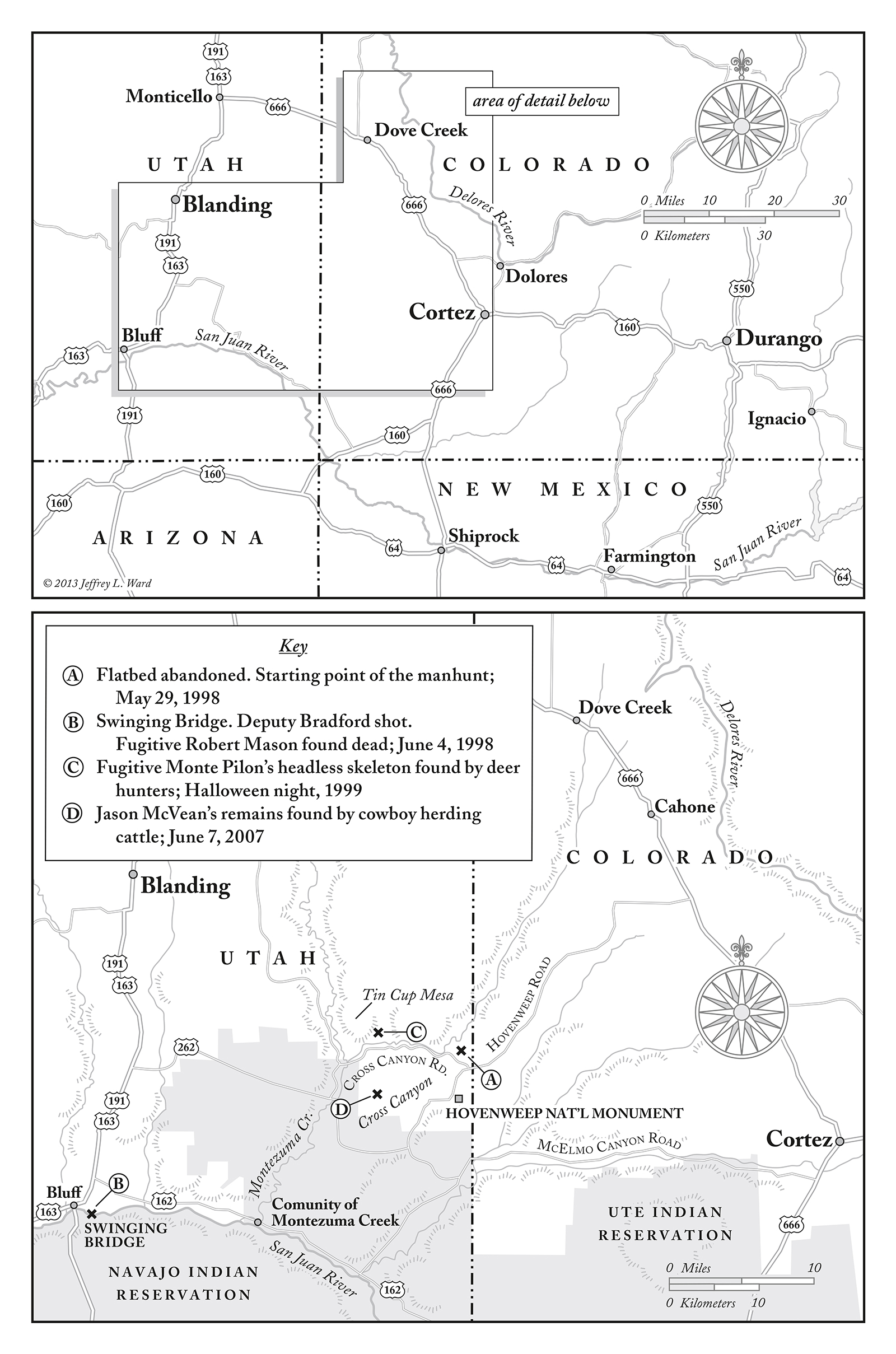
CONTENTS
PROLOGUE:
ROUNDUP
June 5, 2007: Canyonlands wilderness area, Southeastern Utah
The gnats rose in great black clouds in front of the herd and hovered over the backs of the cattle marching north along Montezuma Creek into Cross Canyon. They swarmed over Dukes head, the horse flicking his ears incessantly at the annoyance. One gnat, Eric Bayles inhaled halfway down his throat as he swung his leg over Dukes rump onto the ground, causing him to hack and spit before he dropped the reins and started up the hill through the snakeweed and bitterbrush for a closer look at what hed just glimpsed.



